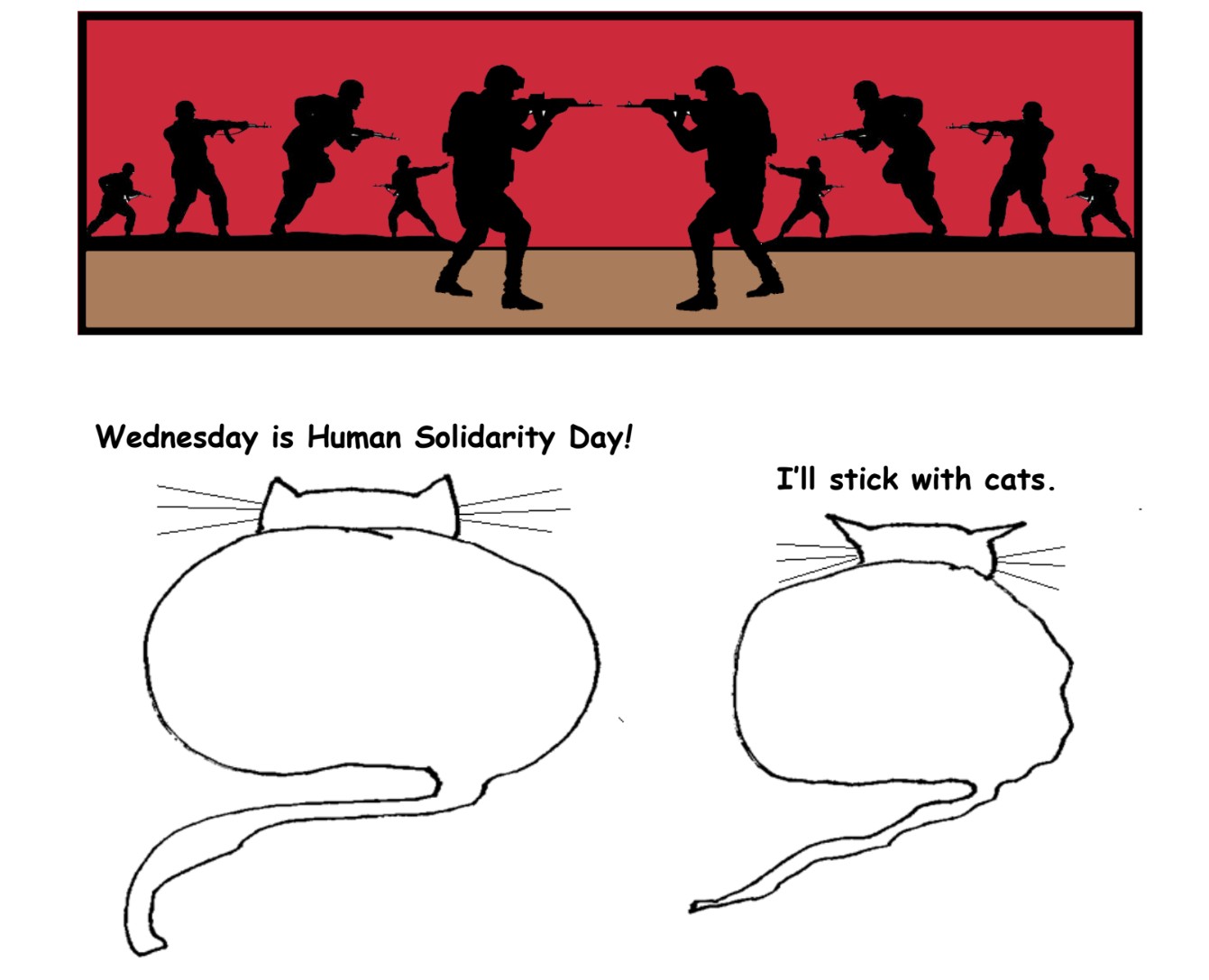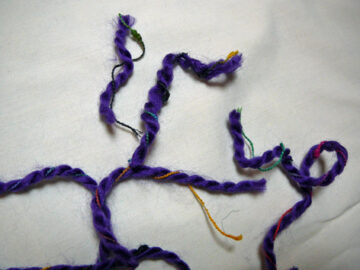by Oliver Waters
In the final moments of the film Don’t Look Up (2021), a group of family and friends sit around a dinner table laughing together while enjoying some delicious organic produce. Leonardo DeCaprio looks up from his heirloom tomatoes with nostalgic despair.
‘We really did have everything, didn’t we?’ he laments, just before the meteor hits Earth, killing billions of its ungrateful, arrogant human guests. The same fate awaits the audience – so the cinematic metaphor goes – if we keep destroying the global ecosystem.
Many promote economic ‘degrowth’ as a way of avoiding such a calamity, notably anthropologist Jason Hickel and climate activist Naomi Klein. In his book Less is More (2020), Hickel asserts that for approximately 97% of our 300,000 years as the human species, ‘our ancestors lived in relative harmony with the Earth’s ecosystems,’ before there was any such thing as economic growth.
In This Changes Everything (2015), Klein diagnoses our existential climate crisis as starting with Sir Francis Bacon back in the 16th century, when he kicked off all that nonsense about systematically controlling natural forces for our own material wellbeing. This was apparently the beginning of a toxic, ‘extractive’ relationship with the Earth, which we need grow out of immediately.
Such critics of growth tend to believe we have collectively amassed more than enough wealth at this stage in history, and that any future growth in wealth via technological innovation will be optional and decadent by comparison. Space travel, for instance, is just a plaything for the rich. And we certainly don’t need any more energy here on Earth: we can just be more efficient with the energy we have.
In The Rise and Fall of American Growth (2016), the economist Robert Gordon lends credence to this view with the historical claim that the ‘low-hanging fruit’ of technological breakthroughs have already been picked:
“In America growth slowed down after 1970 not because inventors had lost their spark or were devoid of new ideas, but because the basic elements of a modern standard of living had by then already been achieved along so many dimensions, including food, clothing, housing, transportation, entertainment, communication, health, and working conditions.”
But this supposedly empirical statement is actually a profoundly pessimistic theory of human potential in disguise. Consider first how arbitrary it is to hold this perspective at any given moment in history. A 19th century British labourer, for instance, could not have been aware that they were desperately poor by our standards today. On the contrary, many thought they were much better off than their ancestors. After all, for the first time in history, they were able to work in a lively metropolis at a coal-powered factory producing textiles, instead of toiling in the fields under the beating sun or pouring rain.
As David Deutch has compellingly argued, there are no fundamental natural plateaus or barriers on the upward journey of technological progress. Rather it’s an eternal adventure that we can simply either choose to embrace or reject. This leads one to the ‘techno-optimist’ vision: one of indefinitely and exponentially improving and expanding human civilisation. Read more »

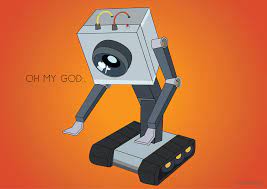
 It might strike you as odd, if not thoroughly antiquarian, to reach back to Aristotle to understand gastronomic pleasure. Haven’t we made progress on the nature of pleasure over the past 2500 years? Well, yes and no. The philosophical debate about the nature of pleasure, with its characteristic ambiguities and uncertainties, persists often along lines developed by the ancients. But we now have robust neurophysiological data about pleasure, which thus far has increased the number of hypotheses without settling the question of what exactly pleasure is.
It might strike you as odd, if not thoroughly antiquarian, to reach back to Aristotle to understand gastronomic pleasure. Haven’t we made progress on the nature of pleasure over the past 2500 years? Well, yes and no. The philosophical debate about the nature of pleasure, with its characteristic ambiguities and uncertainties, persists often along lines developed by the ancients. But we now have robust neurophysiological data about pleasure, which thus far has increased the number of hypotheses without settling the question of what exactly pleasure is.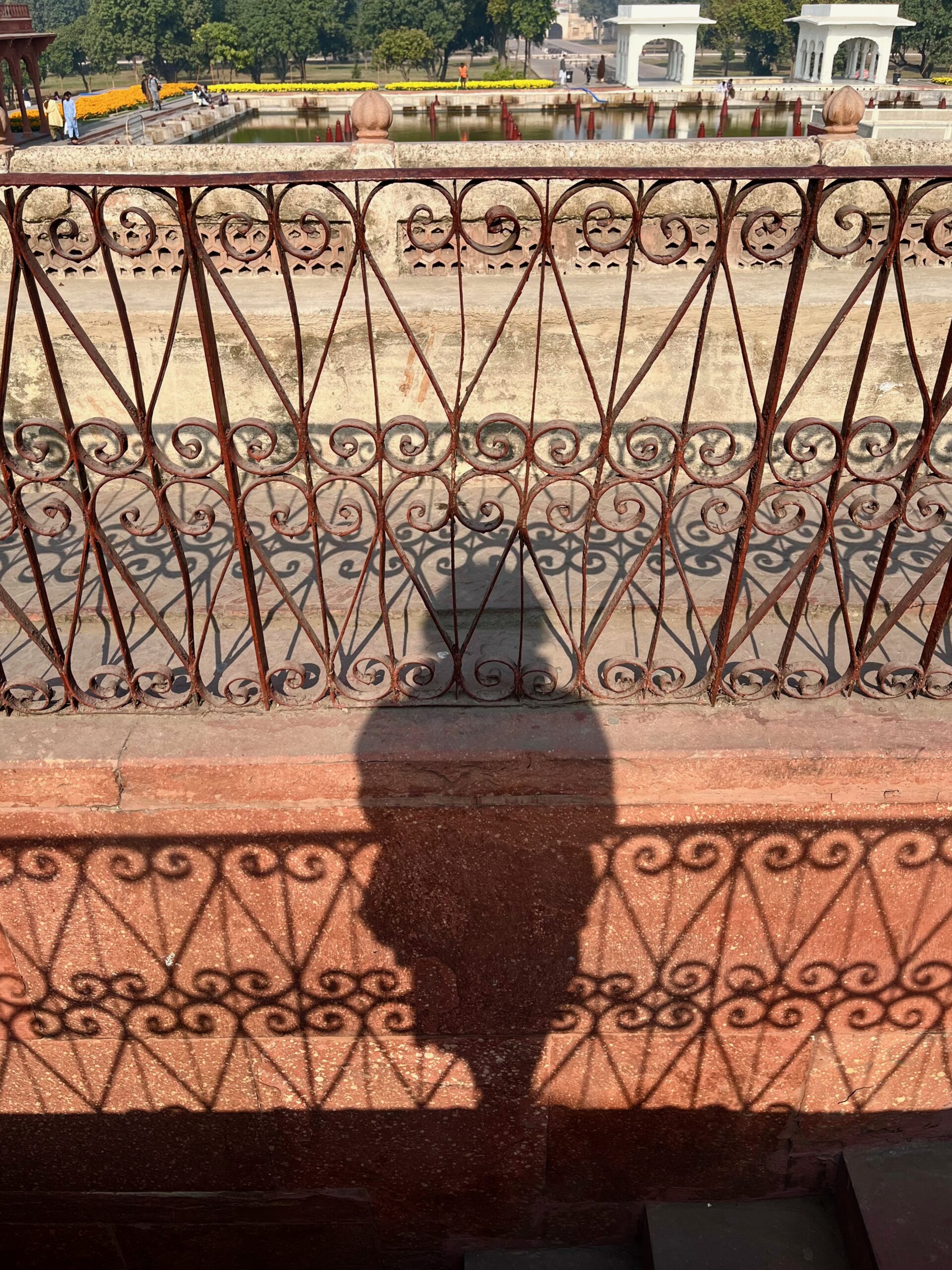 Sughra Raza. Self Portrait in Praise of Shadows. Shalimar Bagh, Lahore, December 10, 2023.
Sughra Raza. Self Portrait in Praise of Shadows. Shalimar Bagh, Lahore, December 10, 2023.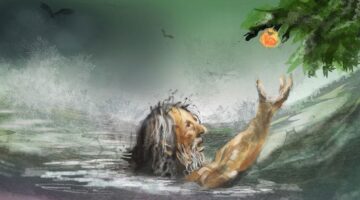
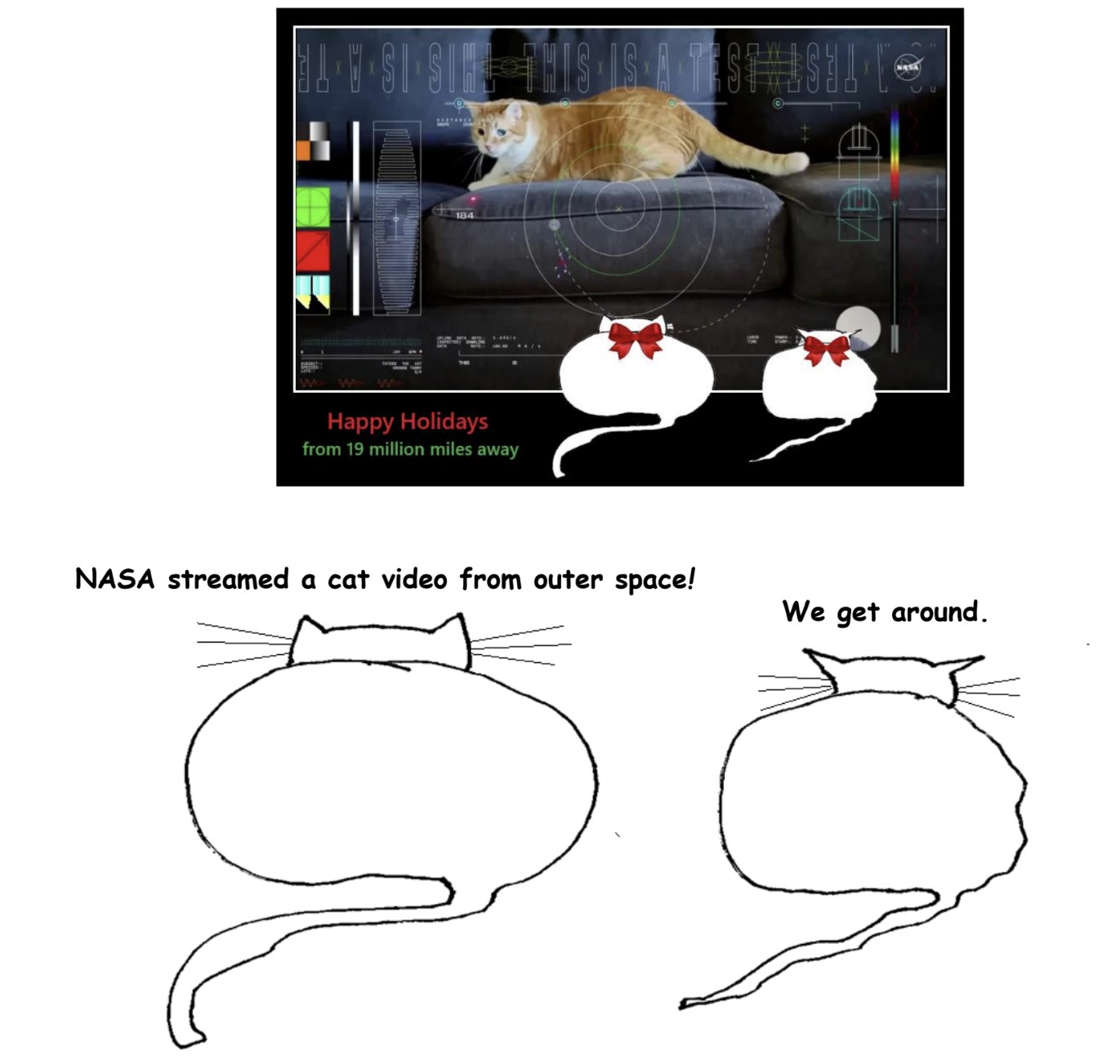
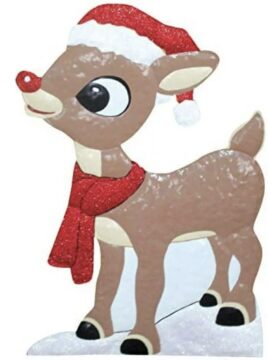 Andrew Torba, Christian Nationalist founder of the rightwing social media site Gab, recently argued on his podcast that the fact that many of the most beloved Christmas songs were written by Jewish composers was part of a conspiracy to take Christ out of Christmas: to secularize one of the holiest Christian holidays and allow Jews to subtly infiltrate Christian-American culture with their own agenda. He might just be right.
Andrew Torba, Christian Nationalist founder of the rightwing social media site Gab, recently argued on his podcast that the fact that many of the most beloved Christmas songs were written by Jewish composers was part of a conspiracy to take Christ out of Christmas: to secularize one of the holiest Christian holidays and allow Jews to subtly infiltrate Christian-American culture with their own agenda. He might just be right.

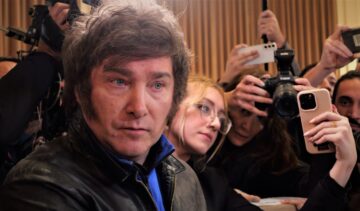
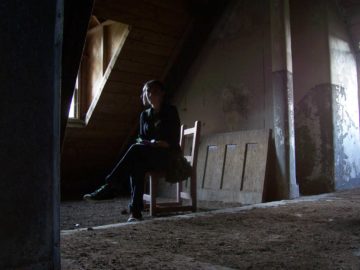 I have no idea what the lyrics to the Oasis song “Champagne Supernova” mean,
I have no idea what the lyrics to the Oasis song “Champagne Supernova” mean,
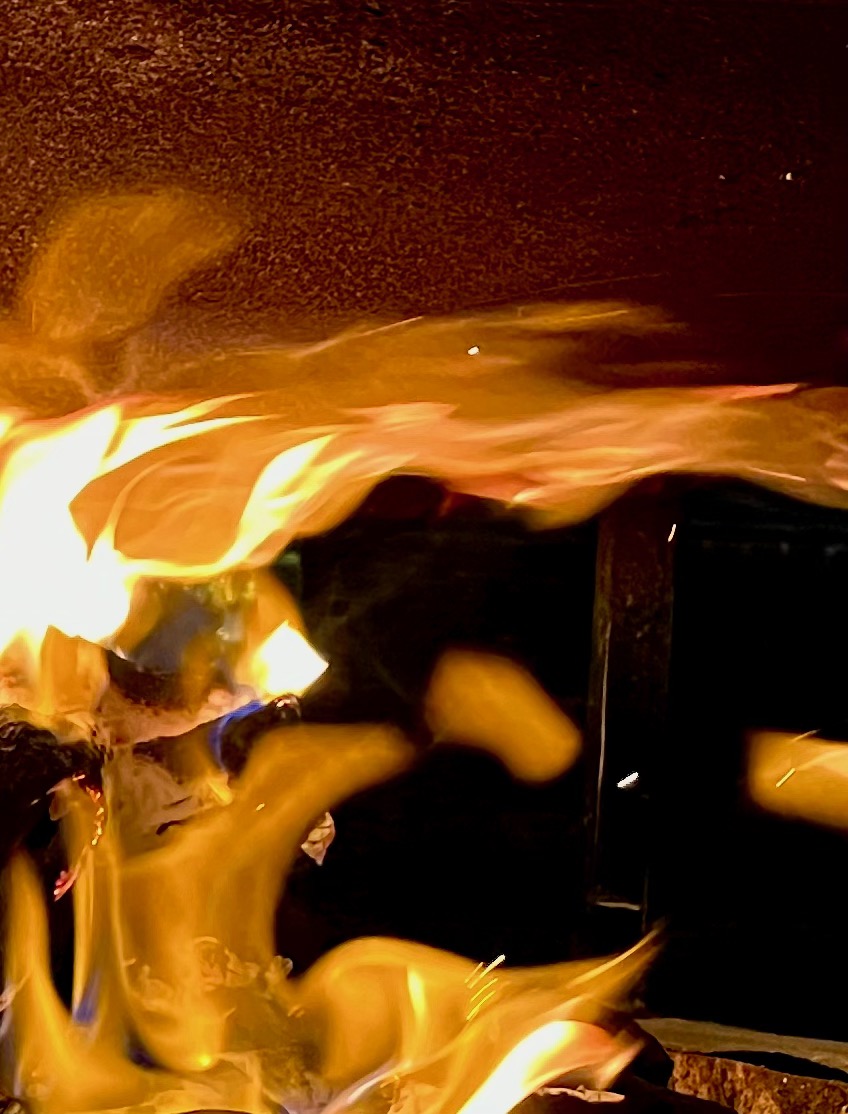 Sughra Raza. Fire Painting at Takht-e-Lahore, December 9, 2023.
Sughra Raza. Fire Painting at Takht-e-Lahore, December 9, 2023.
